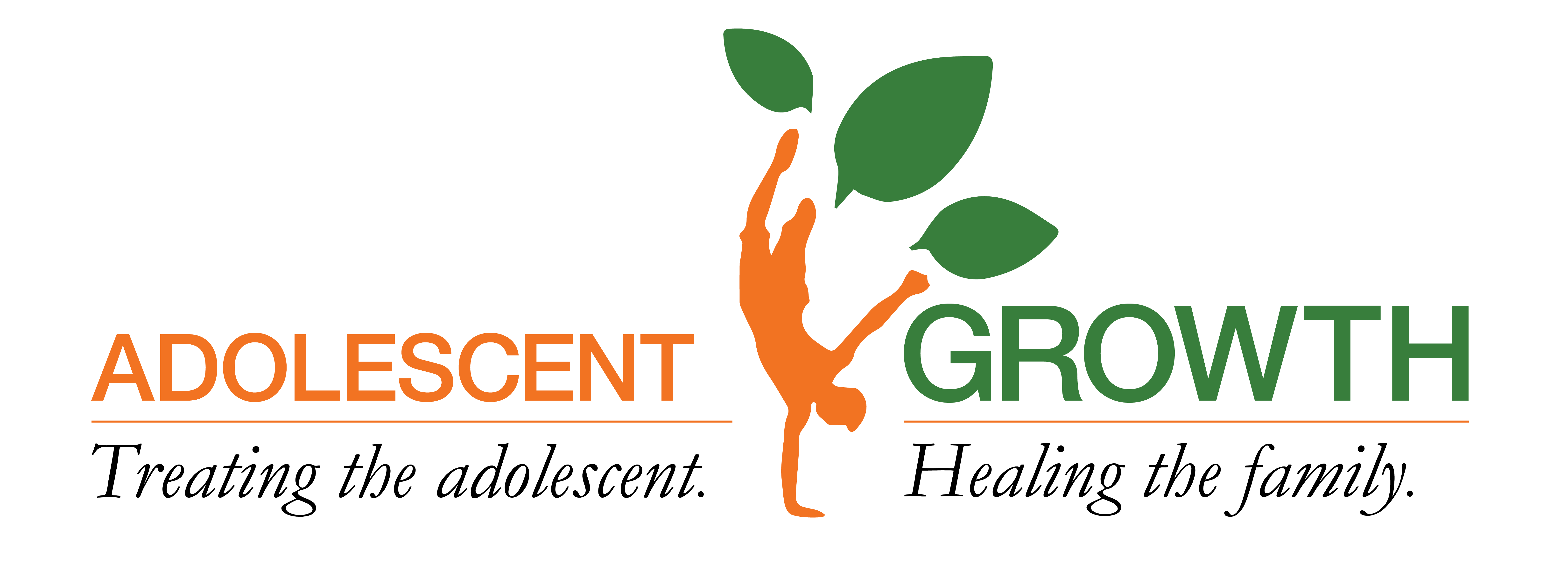Post Traumatic
Stress Disorder
Talk to a
SPECIALIST
about our
TREATMENT
SERVICES
Post Traumatic Stress Disorder in Teens
Post Traumatic Stress Disorder (PTSD) is a mental disorder that is sometimes caused by a terrifying experience or event. When someone experiences or witnesses something that causes an extreme amount of fear and terror, reactions happen in their brain that can cause them significant difficulty and distress. After the event is over many people will experience nightmares, flashbacks, severe anxiety and intrusive thoughts about the event. Although most people have difficulty adjusting and coping with a traumatic event, only some will develop PTSD.
Signs and Symptoms of PTSD:
PTSD symptoms are stress related symptoms caused by experiencing or witnessing a traumatic event. Symptoms must last longer than three months and cause significant life impairment. Symptoms of PTSD include:
- Recurrent, unwanted distressing memories of the traumatic event
- Reliving the traumatic event as if it were happening again (known as flashbacks)
- Nightmares or upsetting dreams related to the event
- Severe emotional or physical reactions to reminders of the event
- Avoiding thinking or talking about the event
- Avoiding people, places or things that remind you of the event
- Negative feelings about yourself or other people
- Inability to experience positive emotions
- Feeling detached or emotionally numb
- Hopelessness
- Memory problems
- Trouble concentrating
- Insomnia or trouble sleeping
- Easily frightened or startled
- Overwhelming guilt or shame
- General anxiety and nervousness
- Panic attacks
PTSD symptoms can vary over time. Periods, where you are more stressed, can cause symptoms to increase. Reminders of the traumatic event can also cause a surge in unpleasant symptoms.
What Happens When PTSD is Left Untreated?
The treatment that is most often used for GAD is cognitive behavioral therapy (CBT). CBT is a process wherein the teen learns to recognize the negative and maladaptive thought patterns that they are trapped in and replacing them with more effective, realistic ones. Exposure strategies are used to help the teens confront their fears in a safe and controlled environment. Research has shown that therapist-assisted exposure is an effective way of treating anxiety and phobias.
A teen with GAD describes his or her worries as generated by external sources. Family, peers, and events outside of their control are usually blamed. In actual fact it is the individual that is the source of all that stress and worry and the sufferer’s environment is only the trigger. Our treatment team teaches the client to cope with distorted thoughts of excessive worry and replace them with positive alternative ones.
Co-Occurring Conditions
Adolescents with PTSD are at a higher risk of developing other disorders and mental health problems including:
Treatment for PTSD
Behavioral Therapy – Studies have shown that talk therapy and in particular Cognitive Behavioral Therapy is an effective form of treatment for PTSD. Cognitive Behavioral Therapy can help teens with PTSD recognize thought patterns that hold them back and challenge them. Using CBT, teens who struggle with Post Traumatic Stress Disorder slowly expose themselves to the things that cause them anxiety and distress and learn to cope with the difficult emotions that come up in the process.
Medication – Although there are no medications that treat all of the symptoms of PTSD, many sufferers are prescribed medications to help alleviate some of its unpleasant side effects. The most commonly prescribed medications for PTSD are antidepressants such as:
- Prozac (fluoxetine)
- Zoloft (sertraline)
- Paxil (paroxetine)
PTSD is primarily an anxiety disorder and as such many adolescents with PTSD are treated with anxiety medications. Medications that are often prescribed for anxiety include:
- Inderal (propranolol)
- Neurontin (gabapentin)
- Tenex (Guanfacine)
